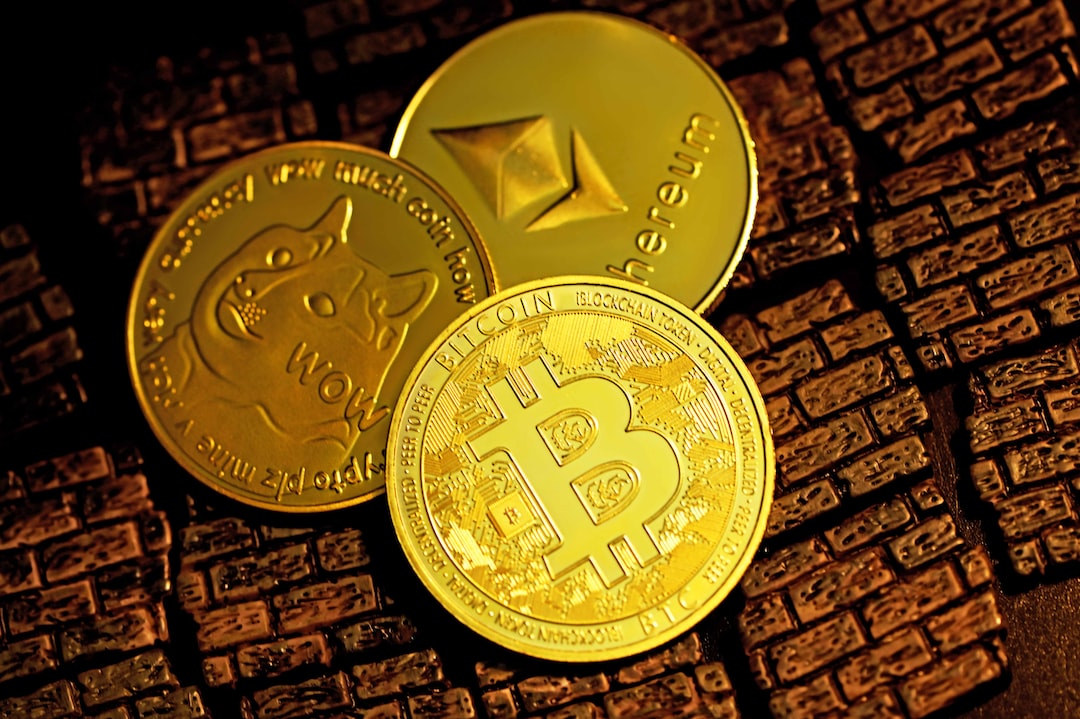Ethereum (ETH) Price Reacts to Federal Reserve Meetings
The price of Ethereum (ETH) experienced significant rallies of 17% and 3% after the last two US Federal Reserve Meetings in June and July 2023. Now, with another Fed Rate announcement approaching, on-chain analysis examines how Ethereum price could respond.
Ethereum Bounces Back After Federal Reserve Meeting
Between June 14 and June 21, 2023, the price of Ethereum surged by 17% to reach $1,900. This increase came after the Federal Reserve announced that it would keep fund rates unchanged at 5.25%, following ten consecutive hikes since March 2022.
Following the July 25th rate hike of 0.25%, which was slightly lower than expected, Ethereum experienced a more modest 3% price bounce by the end of the month.
Federal Reserve Expected to Maintain Rates
According to a Reuters poll, economists predict that the US Federal Reserve will once again leave fund rates unchanged at 5.50% during the next Federal Open Market Committee (FOMC) meeting on September 19, 2023.
Interestingly, Ethereum has recently seen a 7% gain over the past three trading days. This on-chain data analysis suggests that it could be a sign of things to come after the next Fed Meeting.
USA Whales are Mounting Buying Pressure
A crucial on-chain indicator reveals that US institutional investors have started increasing their buying pressure as the next Fed meeting approaches. The Coinbase Premium Index reached 0.27 on September 13, entering positive values for the first time this month.
The Coinbase Premium Index measures the percentage difference between spot prices on Coinbase Pro and Binance exchanges. Positive values indicate that US-based investors are exerting more buying pressure on Coinbase.
Historically, when the Coinbase Premium Index broke above the 0.30 range, Ethereum experienced a price rally towards $1,925. It remains to be seen if the index will continue rising and potentially trigger another rally before the upcoming Fed meeting.
Bullish Traders in the Derivatives Markets Are Getting in on the Act
Not only have US whales begun buying Ethereum, but investors in the speculative derivatives markets are also displaying a positive sentiment. According to CryptoQuant data, the ETH Taker Buy Sell ratio hit a two-month peak at 1.07 on September 14.
The Taker Buy Sell ratio measures the buy volume divided by the sell volume of takers in perpetual swap trades in derivatives markets. When this ratio is greater than 1, it indicates that takers are predominantly buying more contracts than they are selling, suggesting a bullish sentiment.
With growing bullish sentiment in both spot and derivatives markets, it is possible that Ethereum’s price could rally ahead of the Fed meeting.
ETH Price Prediction: Possible $1,900 Retest
If the Federal Reserve maintains its predicted course by keeping rates unchanged, it could have a positive impact on Ethereum’s price and other risk-on assets. From an on-chain perspective, this could lead to another rally towards $1,900.
The In/Out of the Money Around Price (IOMAP) data confirms this possibility. It shows that there are significant support levels from active Ethereum holders who bought at an average price of $1,740.
If US whales continue their buying pressure as anticipated and the Federal Reserve holds rates steady, it is possible that the bulls could overcome resistance levels and reclaim $1,900. However, if the bears regain control, there may be a downward swing towards the $1,500 range.
Hot Take: Ethereum (ETH) Price Reacts to Federal Reserve Meetings
Ethereum’s price has historically responded to US Federal Reserve Meetings, experiencing rallies after the last two meetings. As another meeting approaches, on-chain indicators suggest that US whales are increasing their buying pressure on Ethereum. Additionally, bullish sentiment is growing in both spot and derivatives markets. If the Fed maintains rates as expected and US whales continue their buying pressure, Ethereum’s price could rally towards $1,900. However, if support levels do not hold, a decline towards $1,500 may occur. The outcome will depend on the actions of the Federal Reserve and market dynamics in the coming weeks.





 By
By

 By
By

 By
By